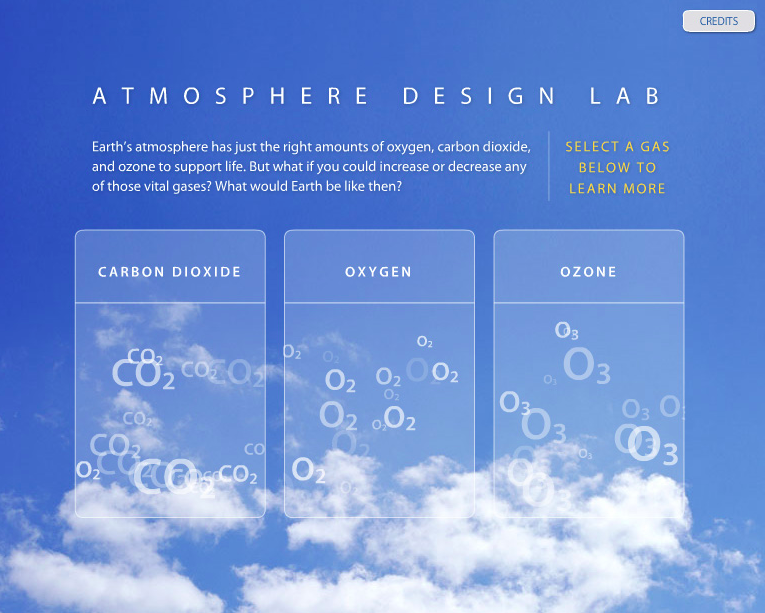ForestPlots.net is a website dedicated to tracking tropical forests. ForestPlots contains consistent data on over 2 million individual trees from over 4000 plots in 54 countries. The locations of the plots are displayed on a map on the website, and the data on individual trees may be downloaded for use in scientific studies. The data on this site allow scientists to study tropical forests worldwide and collaborate with other scientists working on tropical forests, which is important as tropical forests are vital to the health of the Earth, especially given our current context of climate change. The website receives funding from UK National Environment Research Council and The Royal Society. This website is relevant to research of the biosphere, and I know we will be able to recognize the importance of the data provided when we get to the biosphere unit.
Already, working on the campus tree survey, we have looked for trees in the Eco-Corridor; although we are not in a tropical forest, the focus of ForestPlots.net, our data will certainly be similar in content and format to the data on ForestPlots.net. I am sure our data will be useful in a similar manner to the data on ForestPlots if it becomes published in any way. ForestPlots.net does make one wonder as to whether there are any similar resources dedicated to forests that are not necessarily tropical.
https://www.forestplots.net/









